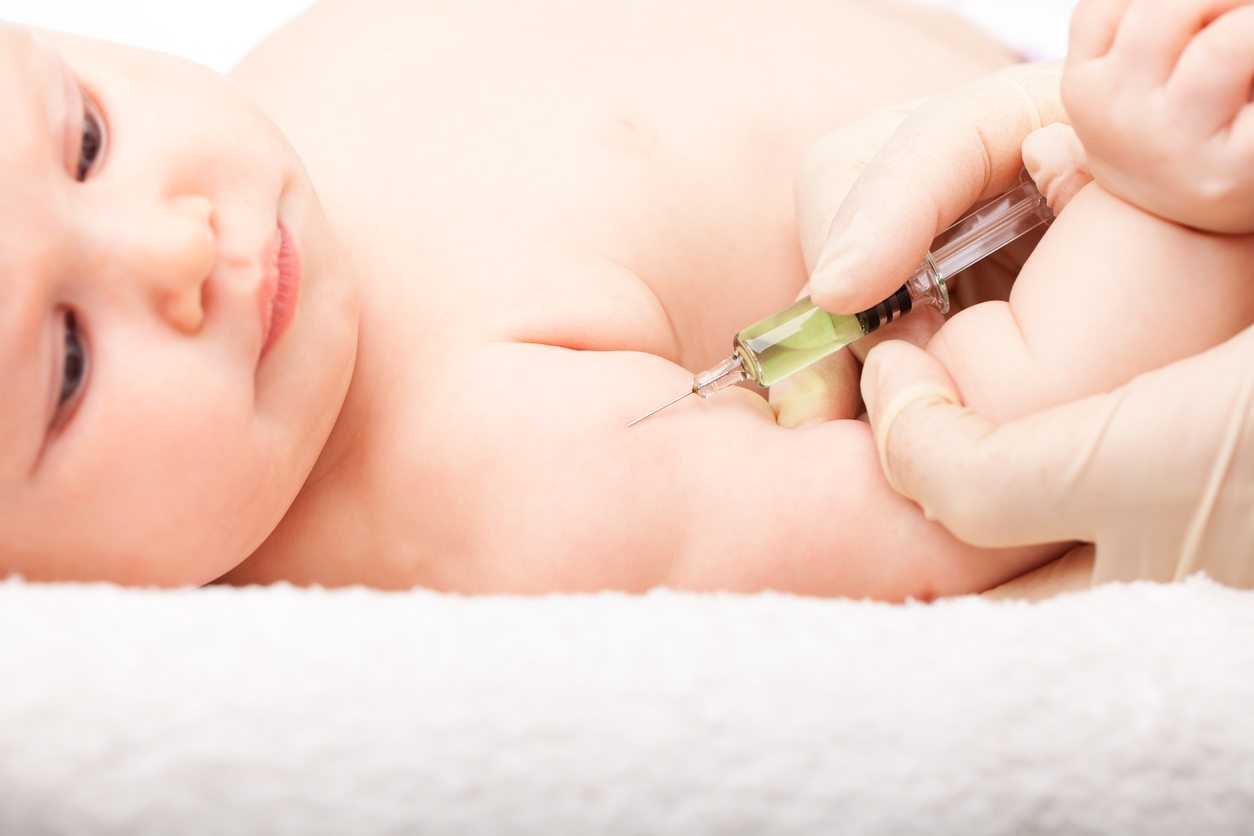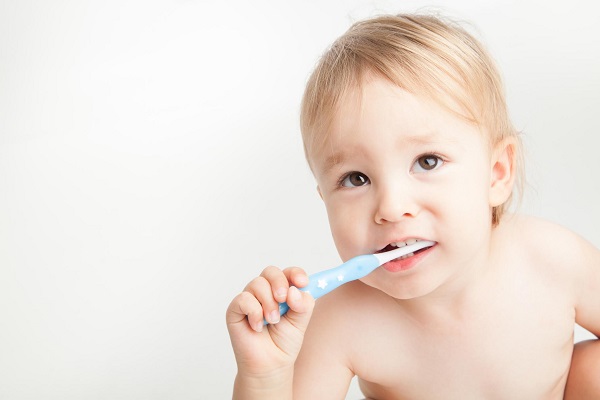All you need to know about… Bladder Issues
“Leaking” and temporary incontinence is a potentially embarrassing problem post-childbirth – but it’s also quite common. Here’s what to know…
What causes post-partum urinary problems?
Your ligaments and pelvic floor muscles support your bladder and keep the entrance closed to prevent urine from leaking out. These can get overstretched or strained during pregnancy (especially later in the pregnancy when the baby moves down and puts more pressure on the bladder), leading to leaking or having to visit the toilet more often. It can often continue after birth too, if the muscles don’t recover quickly enough, or if they suffer more straining during the birthing process.
Am I at risk of urinary incontinence after birth?
Stress incontinence is more likely among women who give birth vaginally than by c-section, although some mums do report the problem after a section too. Some studies have shown that an assisted delivery, especially the use of forceps, can contribute to urinary issues after birth. Other risk factors that can play a part (but not necessarily) include obesity (a study has shown that women who are obese are about four times as likely to have stress incontinence), smoking, genetic predisposition, a long pushing phase during labour and repeated pregnancies and vaginal labours. Urinary issues can also affect women around the menopause, regardless of how many pregnancies they have had.
How can I help it?
Firstly, remember that it’s a common problem and it will pass, so don’t feel embarrassed or panic. Stress incontinence can affect up to 70 per cent of women after giving birth. Talk to your caregiver if it is upsetting you, to rule out an infection, especially if you experience pain when urinating. Use a sanitary towel to catch any leakings, and tense your pelvic muscles when you feel a cough or a sneeze coming on. Perform regular Kegel exercises (see below). If the stress incontinence lasts for more than a month despite taking all measures to help it, talk to your doctor or obstetrician, who may eventually refer you to a specialist if the problem is ongoing. Pelvic rehab therapy can help, and occasionally surgery can fix the problem, but in the vast majority of cases this is not needed.
What are Kegel exercises and how can they help?
Kegel exercises, when performed correctly, can strengthen your pelvic floor muscles – those muscles that support your bladder, rectum and uterus. They are named after a 1940s gynaecologist called Arnold Kegel, and are recommended for all women at all ages, not just during pregnancy. Regularly performing Kegel exercises can reduce the risk of stress incontinence and anal incontinence.
As it also improves the muscle tone of your vagina, they can help make sex more enjoyable too. To perform a Kegel exercise, imagine that you’re trying to stop the flow of urine as you pee. The feeling is one of “squeeze and lift”. Make sure you’re not squeezing your legs or pulling in your tummy – in other words, all the work should be done by the pelvic floor muscles. Keep practicing and you’ll soon find it easy to isolate the muscles. Work up to holding a contraction for 10 seconds, resting for a few seconds and pulling in again. Make these a part of your daily routine. If you are suffering from stress incontinence, try performing a Kegel exercise when you sneeze or cough.
How long will it last?
For many women, stress incontinence passes shortly after birth, but some report it lingering for a few weeks or months afterwards. The majority of issues clear up by themselves within a few months. The muscles supporting the bladder naturally weaken as you get older (although keeping fit and performing regular Kegel exercises can help, however), so it is not uncommon for the problem to come back a few years later or around menopause.
maternity & infant
Originally posted 2015-02-18 09:54:32.









